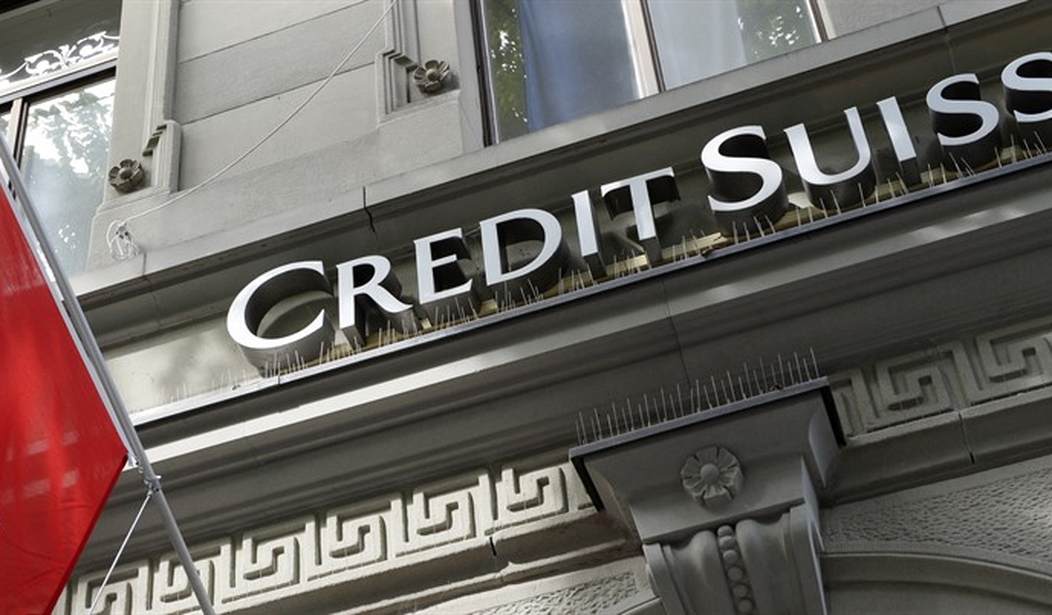In the post-World War Two era the U.S. provided leadership in restoring international trade and investment. The U.S. led efforts to reduce barriers to international trade through multilateral negotiations, and ultimately through the World Trade Organization. The U.S. also supported new international organizations, including the World Bank and the International Monetary Fund. In those years tariffs and other restrictions on international trade and investment were reduced significantly. Globalization in this era was accompanied by expansion in international trade and investment, and rapid growth in the global economy.
The ‘Washington Consensus’ now supports higher tariffs and other restrictions on international trade and investment. Both political parties propose increasing tariffs to levels not seen since the Smoot Hawley tariffs during the great Depression. The U.S. participates in trade agreements that result in geoeconomic fragmentation of the global economy. Over the past two decades U.S. restrictions on international trade and investment have been accompanied by deglobalization, international trade as a share of global output declined significantly.
The free world now looks to Switzerland to provide leadership in restoring the global economy. The Swiss commitment to free international trade and investment provides an alternative to the autarchic policies pursued by the U.S. and other countries.
This year the Swiss eliminated all tariffs on manufactured imports; and the Swiss have relatively few restrictions on foreign investment. Switzerland has negotiated free trade agreements with 43 partners. The Swiss negotiate free trade agreements through the European Free Trade Association, and also with countries outside the EFTA, including Japan and China. While the Swiss account for a relatively small share of international trade and investment compared to the U.S., they now provide a model for restoring the global economy.
The Swiss also provide leadership in pursuing macroeconomic policies to achieve price stability and debt sustainability. While most western nations have experienced a roller coaster ride in recent years, the Swiss have maintained relative stable rates of inflation and unemployment. The Swiss used emergency measures to respond to the financial crisis in 2008 and the coronavirus pandemic in 2020, without ratcheting up debt in the long term.
Recommended
Much of the success of Swiss macroeconomic policies in recent years can be attributed to their debt brake. The Swiss debt brake is the most effective fiscal rule enacted by any country. The debt brake was enacted as a constitutional amendment through an initiative, with support from 85% of voters. The debt brake caps the growth of federal spending at the long-term rate of growth in the economy. The Swiss rely primarily on automatic stabilizers rather than discretionary fiscal policies to stabilize the economy over the business cycle. The debt brake provides for deficit spending to fund emergency expenditures, but those deficits must be offset by surplus revenue in the near term. With the debt brake in place the Swiss have cut debt as a share of national income roughly in half. The Swiss debt brake has been copied in other European countries and in the European Union.
Perhaps the best indicator of the shift of leadership in the free word is the status of the dollar as a reserve currency. Over the past two decades the share of reserves held in dollars has declined significantly and is projected to continue to decline under current law. In contrast, the Swiss franc has become a safe haven, increasing as a share of international reserves.
As the Swiss have emerged as leader of the free world this has strengthened their political institutions. The Swiss rely on direct democracy, using the initiative and referendum to make important policy decisions. The Swiss Constitution provides for a strong federalist system, balancing the power of municipal and cantonal governments with the federal government. These institutions provide transparency and accountability and give citizens a greater voice in policy decisions. Over time Swiss citizens have gained greater confidence in their political institutions, something that the Swiss refer to as dynamically growing credence capital.
In the U.S. we are experiencing declining dynamic credence capital, and a declining role as leader of the free world. It is time for the U.S., and other countries in the free world, to follow the Swiss model.

























Join the conversation as a VIP Member